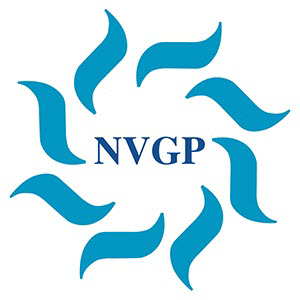Chapman, N. & Kivligan, D. (2019). Does the Cohesion–Outcome Relationship Change Over Time? A Dynamic Model of Change in Group Psychotherapy Group Dynamics: Theory, Research, and Practice, 23(2), 91–103 http://dx.doi.org/10.1037/gdn0000100
Verslaggever Willem de Haas
Abstract
Although it is well established that group cohesion is important for client improvement in group psychotherapy, less is known about how the cohesion–outcome relationship varies over the course of group therapy. No known study has formally tested the association between group cohesion and outcome as a dynamic relationship over the course of group therapy. Moreover, previous research has not routinely monitored cohesion and outcome session-to-session, which has limited researcher’s ability to study the cohesion–outcome relationship at the session and member levels. Therefore, as part of a larger randomized clinical trial evaluating the efficacy of feedback in group therapy, the current study examined the cohesion–outcome relationship over time within-clients and between-clients. More specifically, we partitioned session-to-session cohesion data from 41 members across 5 interpersonal process groups into within-client and between-client predictors of well-being, and modeled interactions with time to test the development of the cohesion–outcome relationship across the span of the groups. Model fit comparisons indicated that a model testing within and between cohesion effects over time was a better fitting model compared to a model that tested within and between components that did not include a time effect. Additionally, our main analyse indicated that time significantly moderated the cohesion–outcome relationship at the client level (between-client effect), but not the session level (within-client effect). This means the between-client cohesion–outcome effect significantly increased over the course of the group. Implications for group practice and future directions are discussed
Wat betekent dit voor de groepstherapie?
Om meerdere redenen is dit een belangrijk onderzoek:
- Het onderzoek bouwt voort op de onderzoeken van Burlingame (2011 en 2018) die aantonen dat er verband is tussen cohesie en therapieresultaat (zie de samenvattingen hiervan onder Cohesie)
- Het onderzoek betreft de ontwikkeling in de tijd van dat cohesie-resultaat verband
- Het is het eerste onderzoek in het vakgebied van de groepstherapie dat procesontwikkeling systematisch wetenschappelijk meeneemt
- Het laat zien dat cliënten die een hoog niveau van cohesie ervaren, meer resultaat bereiken vergeleken met cliënten die de cohesie als minder sterk beleven
- Het onderzoek laat zien dat het cohesie-resultaat effect in de loop van de tijd toeneemt; het is het sterkst aan het eind van de groepstherapie
- De studie is een indirecte ondersteuning voor de theorie over groepsontwikkeling, in dit geval de fasetheorie van Tuckman & Jensen (1977)*
- Het onderzoek laat ook de waarde zien van systematische monitoring als meetinstrument, in dit geval van cohesie-procesvariabelen. Ze gebruiken de Outcome Rating Scale (Miller, et al. 2003) en de Group Session Rating Scale (Duncan & Miller, 2007).
*Tuckman, B. W., & Jensen, M. A. C. (1977). Stages of small-group development revisited. Group & Organization Studies
| Relevantie voor richtlijnen | O O O O O |
| Relevantie voor onderzoek | O O O O O |
| Relevantie voor groepsbehandeling | O O O O O |
| Relevantie voor teamcoaching | O O O O O |
| Relevantie voor groepsdynamicaopleiding | O O O O O |
| Relevantie voor groepstherapieopleiding | O O O O O |
| Relevantie voor KP opleiding of Psychiatrieopleiding | O OO O O |
